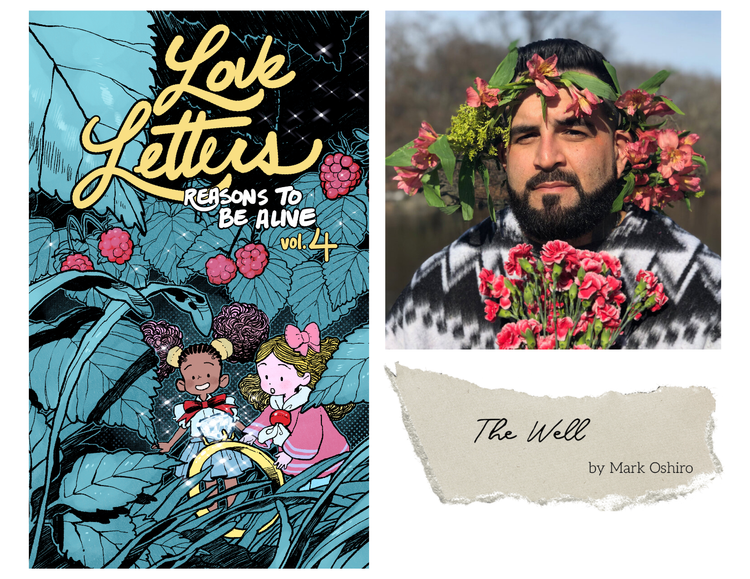Stone Soup #14: Caramelized Brassicas
Stone Soup is an ongoing quarantine feature in which I come up with a recipe that uses the impossible thing in your cupboard, without making you go to the store or wasting any of your ingredients. Last time, we made a few variations on corn.
Emily says:
My pantry dilemma is two baby bok choys. I have no idea how to prepare or much less even eat these bad babies. I have what I would say is "standard" stuff: other fresh veggies like kale, eggplant, onions, potatoes, shallots, garlic, etc; various types of oil (olive, grapeseed, canola); seasonings like sea salt, pepper, paprika, cumin, coriander, etc; baking supplies; kimchi and curry pastes, spicy chili oil, and sesame oil; frozen chicken thighs; farro and pastas; pasta sauce; shall I go on?
I bumped this up to the front of the queue since it’s a fresh, green ingredient that I want Emily to be able to use before it goes bad. Bok choy is a brassica, which is exciting to me because y’all know I love a brassica. This is also great news because it means that the method of preparation I’m going to discuss here can be applied to all kinds of things.
The brassica family includes things like broccoli and cauliflower, bok choy and brussels sprouts, kale and turnips. There are a lot of parallels in the preparation methods that work best for these things, and you can really easily map preparations across different brassicas by paying attention to structure. So, for instance, broccoli, cauliflower, and romanesco will all respond well to pretty similar preparations, because we eat them when they’re florets. The same goes for broad-leafed, toothsome kale and turnip greens, which we eat as broad individual leaves.
And when it comes to brassicas that we eat as tightly-packed bundles of sharp-flavored, tough, leafy greens — like brussels sprouts, baby bok choy, and even napa cabbage — you can introduce a lot of flavor, texture, and tenderness just by applying a little heat. It’s that latter group we’re going to deal with today.
So let’s heat up the oven and make some
Caramelized Brassicas
Preheat your oven to 450°F. Don’t make me tell you again.
Step one: Wash the babies. You can do this with adult brassicas too — full-grown, college-educated bok choy will respond perfectly well to this preparation — but it’s making me, personally, laugh to refer to these vegetables as babies. I’ve been inside for six weeks. It’s fine. Everything’s fine.
Wash your babies. For all applications of this recipe, you’re going to want to either halve or quarter your brassica before cooking it — just go by the size of the thing you’re working with. For example, a huge bok choy will want to be quartered while a wee baby bok choy will want to be halved. Doing that now will make washing between the leaves a lot easier, so go ahead, make like King Solomon and cut your babies in half.
Now fill a big bowl or pot with water. Submerge your halved babies and swoosh them around. This will let water get between the leaves to dislodge silt, grit, bugs, and bad opinions. Repeat three times, with clean water each time. Spin dry in a salad spinner or just let them drip for, like… a long time.
Step two: Grease the babies. Cover a baking sheet with foil. Lay out your brassica-halves on the foil with the cut sides facing up. You’re going to hit them with a combination of oil and flavor. I really like adding sweetness here — a little honey or maple syrup compliments the sharp, mustardy flavor of brassica leaves — but spice and tartness fit well, too. Here are some options:
- Drizzle olive oil, sprinkle salt and pepper. Done.
- Whisk together olive oil, red wine vinegar, salt, and pepper, and drizzle it over.
- Pulse olive oil, balsamic vinegar, half a shallot, a clove of garlic, salt, pepper, and worcestershire sauce in a food processor. Use a spoon to distribute over those bad leafy boys.
- Whisk together melted butter, olive oil, berbere spice blend, and a few good squeezes of honey to form a paste. Brush over the brassicas with tender but stern care.
- Stir together: olive oil, sesame oil, rice vinegar, sweet soy sauce, and as much chili paste as you like. Drizzle or spread over the babies depending on how thick your chili paste decision makes the sauce.
Step three: Bake the babies. You’re almost done. Toss those brassicas into the oven. Let them roast for half the cooking time, then flip them over. For napa cabbage, your total cooking time will want to be about 15 minutes. For baby bok choy or adult bok choy, I’d do 15-20 minutes, but watch closely based on size. For brussels sprouts, you’re looking at 30 minutes total. In the end, you should have a slightly crisp, beautifully browned, flavorful brassica.
That’s it! You did it, you roasted some leafy babies! Great job. Eat them right away — they can go all sulfurous in the fridge.
Just the recipe:
Caramelized Brassicas
- Halve and thoroughly wash your leafy brassica of choice.
- Thoroughly drizzle, brush, or toss with olive oil, salt, pepper, and any other flavorful ingredients you like.
- Roast for 10-30 minutes at 450°F, flipping or stirring halfway through. Remove from the oven when browned and slightly crispy. Serve hot.






Member discussion